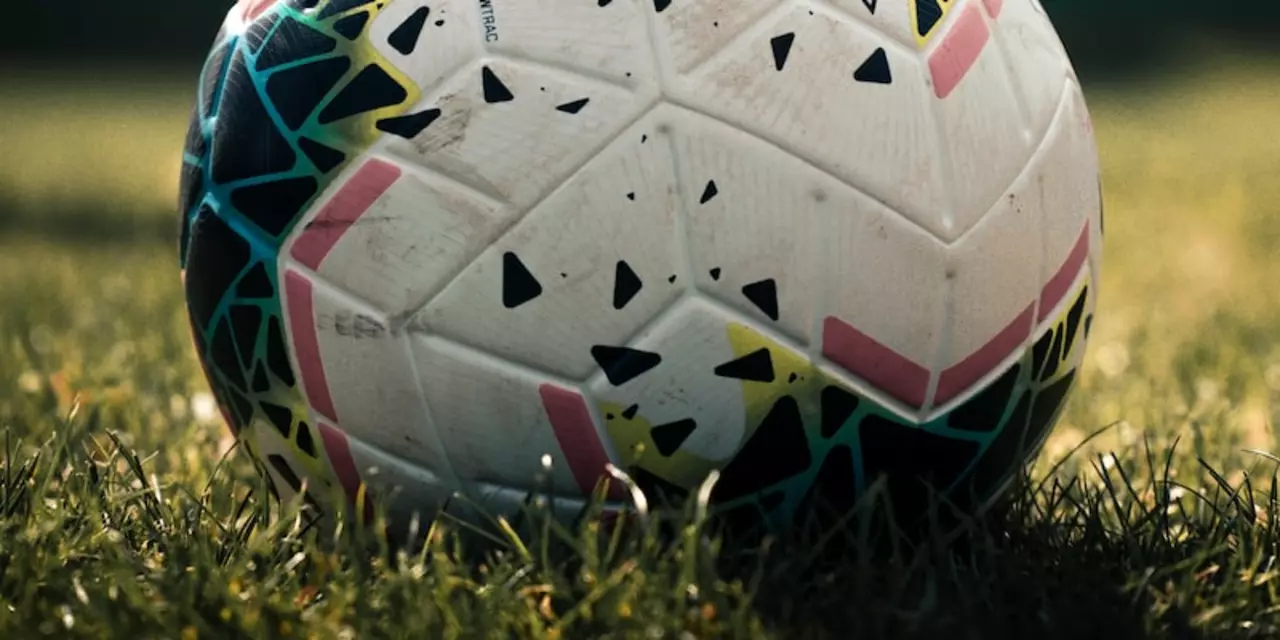Soccer – Everything You Need to Know
When talking about soccer, the world’s most popular team sport, played with a spherical ball on a rectangular field, you’re dealing with a game that blends skill, strategy, and passion. Also known as football, soccer brings together millions of fans, clubs, and players across continents. It isn’t just a pastime; it’s a cultural force that drives community events, media coverage, and even local economies. Soccer fans love a good story, whether it’s a stunning goal, a league upset, or a player’s rise through the ranks.
Key Angles You’ll See Below
One major slice of the sport is soccer leagues, organized competitions like the English Premier League, La Liga, and MLS that pit clubs against each other over a season. These leagues shape the market, influence player transfers, and set the stage for international tournaments. Another core element is soccer positions, the specific roles—goalkeeper, defender, midfielder, striker—that define a team’s tactics and formation. Knowing which position commands the highest salary helps explain why goalkeepers can sometimes out‑earn flashy forwards. Speaking of money, the link between soccer leagues and player salaries is strong: top‑tier leagues generate TV revenue that fuels big contracts, while lower divisions see tighter budgets. Finally, for fans who want a quick fix offline, there’s the offline soccer game, mobile titles such as ‘Final Kick 2020’ that let you play without an internet connection. These games capture the excitement of a live match in a pocket‑sized package, perfect for commuters or travel.
All these pieces—leagues, positions, salaries, and offline experiences—interact to make soccer the dynamic, ever‑evolving sport it is today. In the collection that follows you’ll find analysis of league structures, deep dives into why certain positions earn more, reviews of the best offline games, and stories that tie everything together. Keep reading to see how each angle shapes the beautiful game and to pick up practical insights you can use whether you’re a player, a fan, or just curious about the world of soccer.
Are soccer players fitter now than in the eighties?
Posted by Zander Callaghan with 0 comment(s)
Soccer players in the modern era are undoubtedly fitter than they were in the 1980s. With advances in science and nutrition, players are now able to hone their skills and push their bodies to the limit, giving them a physical and mental edge that was unimaginable decades ago. From better hydration and nutrition to more precise training and recovery practices, modern soccer players can now perform at peak levels for longer periods of time. They have faster reaction times and more explosive movements, making them more dangerous on the pitch. All this means that they can stay fitter and faster, longer, and give their teams the winning edge.
view moreWhy is soccer such a popular sport?
Posted by Zander Callaghan with 0 comment(s)
Soccer is the most popular sport in the world, with over 4 billion fans worldwide. It is an easy sport to learn and can be played almost anywhere. It is a great way to stay fit, have fun and bond with friends. Soccer requires teamwork and strategy, as well as individual skill, making it a great sport for players of all ages. Its global reach also makes it a great way to connect with people from different cultures.
view moreWhat does 'man on' mean in football (soccer)?
Posted by Zander Callaghan with 0 comment(s)
In football (soccer), 'man on' is a term used to alert a teammate that an opposing player is in close proximity and needs to be marked. The phrase is usually shouted by a defensive player to let the nearest teammate know that they should take up a defensive position to help contain the opponent. It is also used by attacking players to let their teammates know that they are free and in space to receive a pass. 'Man on' is a useful way to communicate on the pitch and help maintain team shape.
view moreHow long is a world cup game?
Posted by Zander Callaghan with 0 comment(s)
A FIFA World Cup game is the highest level of international soccer, and the games can last up to 90 minutes. This includes two 45-minute halves with a 15-minute halftime break. Extra time and penalty shootouts can be added in the case of a draw after 90 minutes, making the game potentially last for over two hours. The game is controlled by a referee who has the power to issue yellow and red cards, as well as stop and restart the game as necessary. In the event of a penalty shootout, the game can end in a few minutes. The length of a World Cup game ultimately depends on how long it takes to decide a winner.
view moreWhat are the best places to buy soccer jerseys?
Posted by Zander Callaghan with 0 comment(s)
This article examines the best places to buy soccer jerseys. Online stores such as FansEdge, Soccer.com, and eBay are highly recommended for their wide selection of jerseys, often at discounted prices. Other stores such as Modell's and Dick's Sporting Goods may offer a limited selection but tend to carry more exclusive styles. Local team stores are also an option, and they often carry special editions and team-specific merchandise. Finally, vintage soccer jersey stores are a great option for fans looking for rare and unique styles.
view moreHow to choose a soccer position?
Posted by Zander Callaghan with 0 comment(s)
When choosing a soccer position, it is important to consider a variety of factors, including physical abilities, mental abilities, and personal preferences. Physical abilities include speed, strength, and endurance, while mental abilities include decision-making and the ability to read the game. Personal preferences include playing style and the level of competition desired. Additionally, it is important to understand the various roles of each position on the field and the responsibilities that come with it. By understanding all of these factors, it is possible to make an informed decision about which soccer position is the best fit.
view more




